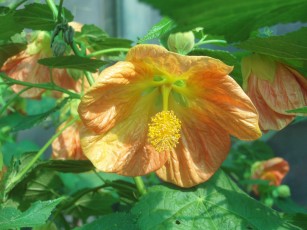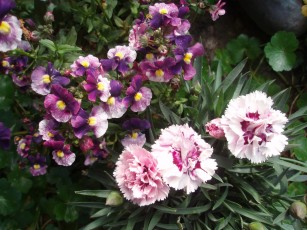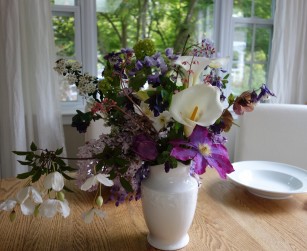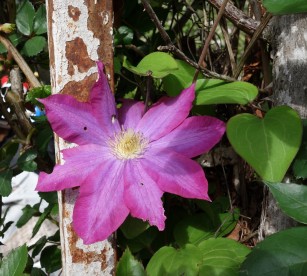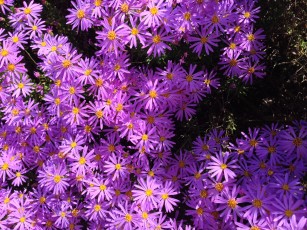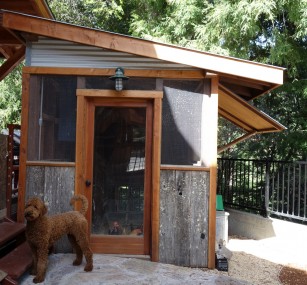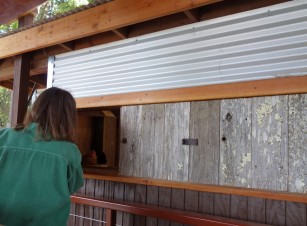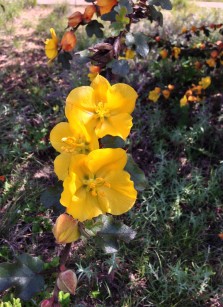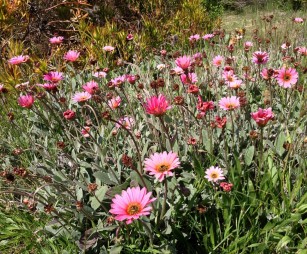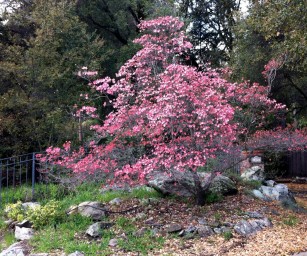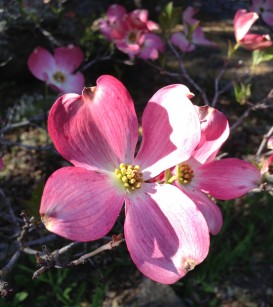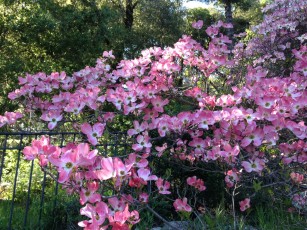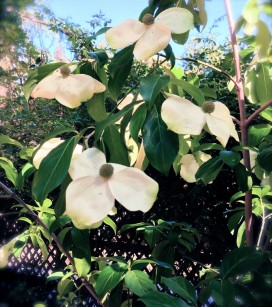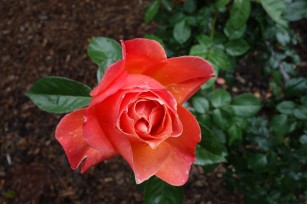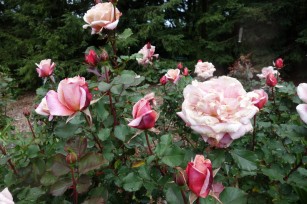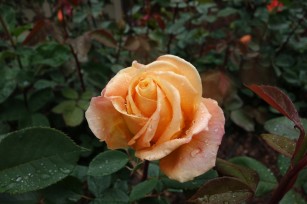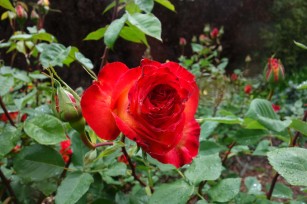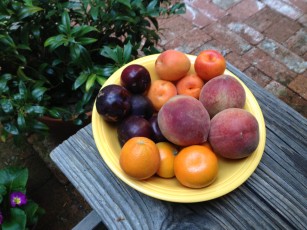 At this time of year it’s easy to get the recommended 9 servings of fruits and vegetables each day. That’s the latest recommendation from the new dietary guidelines released by the Dept. of Agriculture and Health and Human Services. The farmer’s market is brimming now with lots of locally grown produce. I find it nearly impossible not to overbuy, everything looks so yummy. At the beginning of the year I wrote about great varieties of fruit trees available to plant in your home orchard. From heirlooms to old favorites there’s nothing like picking fresh from the tree. Walking around the Felton Farmer’s Market the other day I thought I’d check out what the growers thought were the best kinds and why in their opinion.
At this time of year it’s easy to get the recommended 9 servings of fruits and vegetables each day. That’s the latest recommendation from the new dietary guidelines released by the Dept. of Agriculture and Health and Human Services. The farmer’s market is brimming now with lots of locally grown produce. I find it nearly impossible not to overbuy, everything looks so yummy. At the beginning of the year I wrote about great varieties of fruit trees available to plant in your home orchard. From heirlooms to old favorites there’s nothing like picking fresh from the tree. Walking around the Felton Farmer’s Market the other day I thought I’d check out what the growers thought were the best kinds and why in their opinion.
Red, ripe strawberries first caught my eye. Jose, told me he grows Seascape  strawberries in La Selva Beach. His farm is on a well so the dry winter didn’t affect their plants but the recents showers did. The berries absorbed too much water at one time and are not as sweet this week as a result. Esther, a grower from Moss Landing, said she likes the variety Albion at this time of year because they are really sweet and hold up well. Her farm will start harvesting Seascapes later. She said her area didn’t get any showers recently but the March rains caused the berries to rot and the whole crop ready at the time had to be picked and thrown away.
strawberries in La Selva Beach. His farm is on a well so the dry winter didn’t affect their plants but the recents showers did. The berries absorbed too much water at one time and are not as sweet this week as a result. Esther, a grower from Moss Landing, said she likes the variety Albion at this time of year because they are really sweet and hold up well. Her farm will start harvesting Seascapes later. She said her area didn’t get any showers recently but the March rains caused the berries to rot and the whole crop ready at the time had to be picked and thrown away.
The apricots next got my attention. I love apricots. These beautiful orange colored fruits are full of beta-carotene and fiber and are one of the first signs of summer. I found out from David from a farm in Sanger, California in Fresno County that apricot season only lasts for 7 weeks. His farm grows 6 different kinds including Red Ruby, Castlebright, Patterson, Queen Sweet, Royal Flame and Blenheim. He said his favorites are Royal Flame, Queen Sweet and Blenheim. After tasting some of the the delicious Royal Flame samples I am looking forward to his other favorites.
And then I was in peach and nectarine heaven as I sampled my way through the farmer’s market. David didn’t have to tempt me much with his aromatic samples of Saturn white peaches, which are his favorite. Another booth from a farm in Hickman featured White Lady peaches. Corona said his favorite, the O’Henry freestone, will be ripening soon. I was amazed to learn that this farm grows 100 different varieties of peach and nectarine. His favorite nectarine? Not surprisingly, it’s the Red Top, a yellow fleshed nectarine and the Arctic Rose, the white variety he just happened to have ready with samples available.
Pluots have always been one of my favorite fruits. They are second generation hybrids of plums and apricots although they closely resemble plums. According to UC Cooperative Extension in Sacramento County? pluots are one of the best choices for backyard trees. The flesh is unusually sweet and juicy with complex plum-apricot flavors and the skin in without the bitterness found in the skin of regular plums. I’ll be looking for Dapple Dandy and Flavor Grenade as the season professes.
After taste testing my way through the various booths I came away with way with probably too much fruit and vegetables to eat in one week but I’ll force myself with a huge smile on my face. When I look and smell all the luscious produce I bought maybe those 9 servings per day aren’t so much after all. Just so you know, nine servings translates to about 2 cups of fruit and 2 1/2 cups of vegetables every day.

